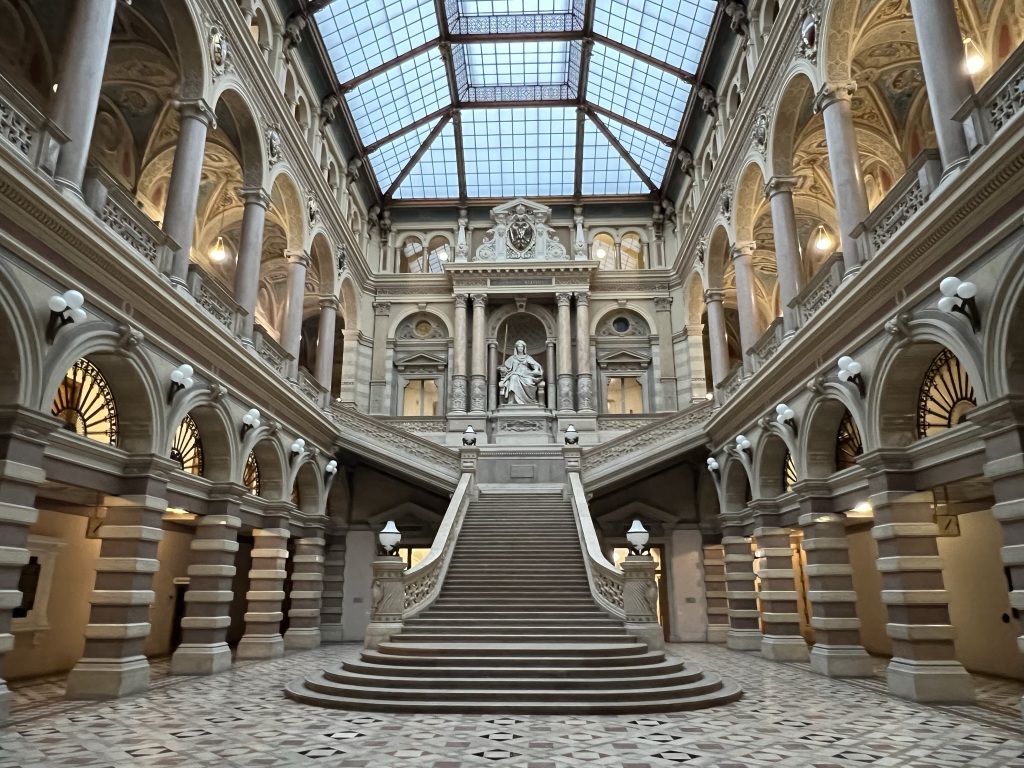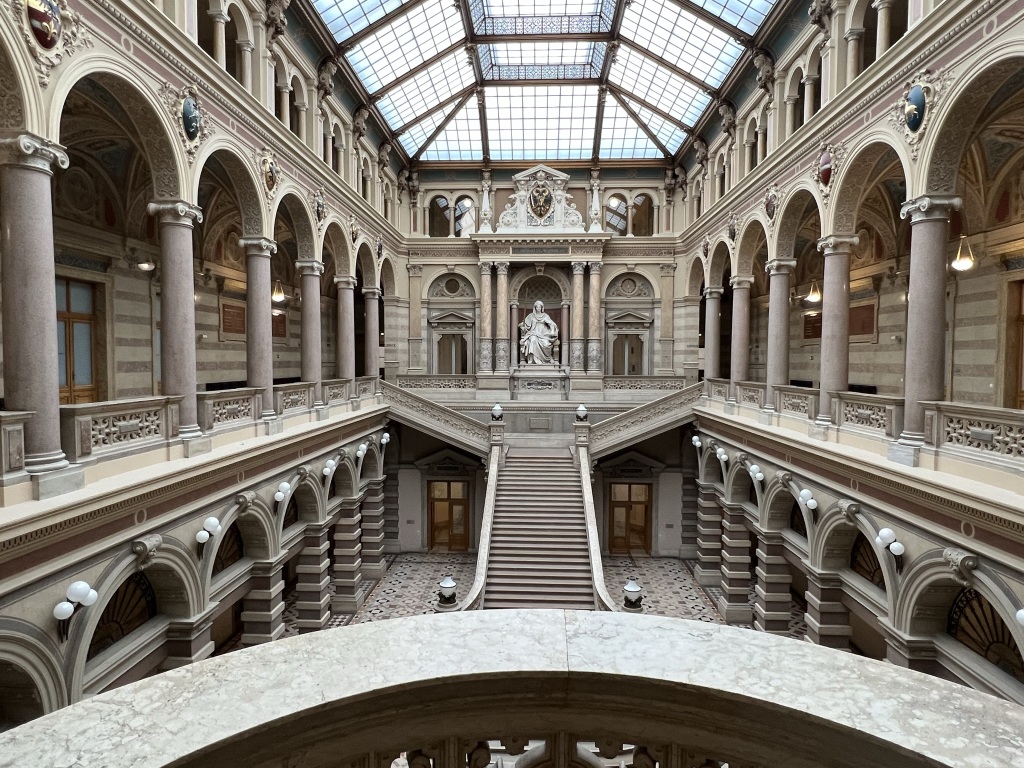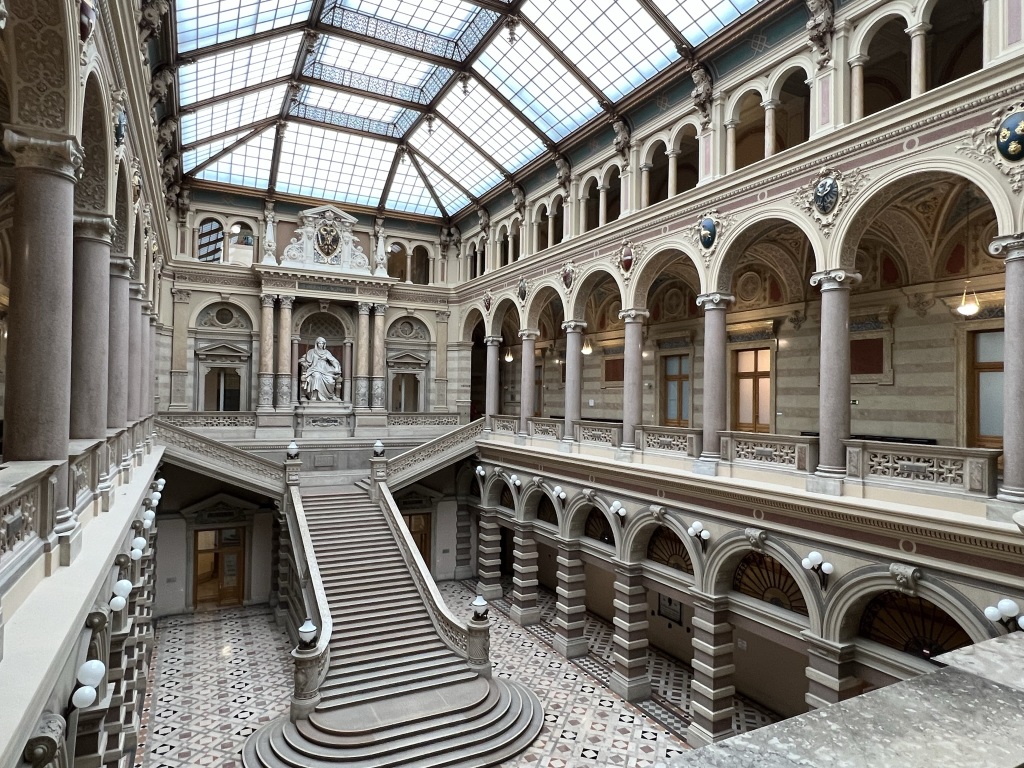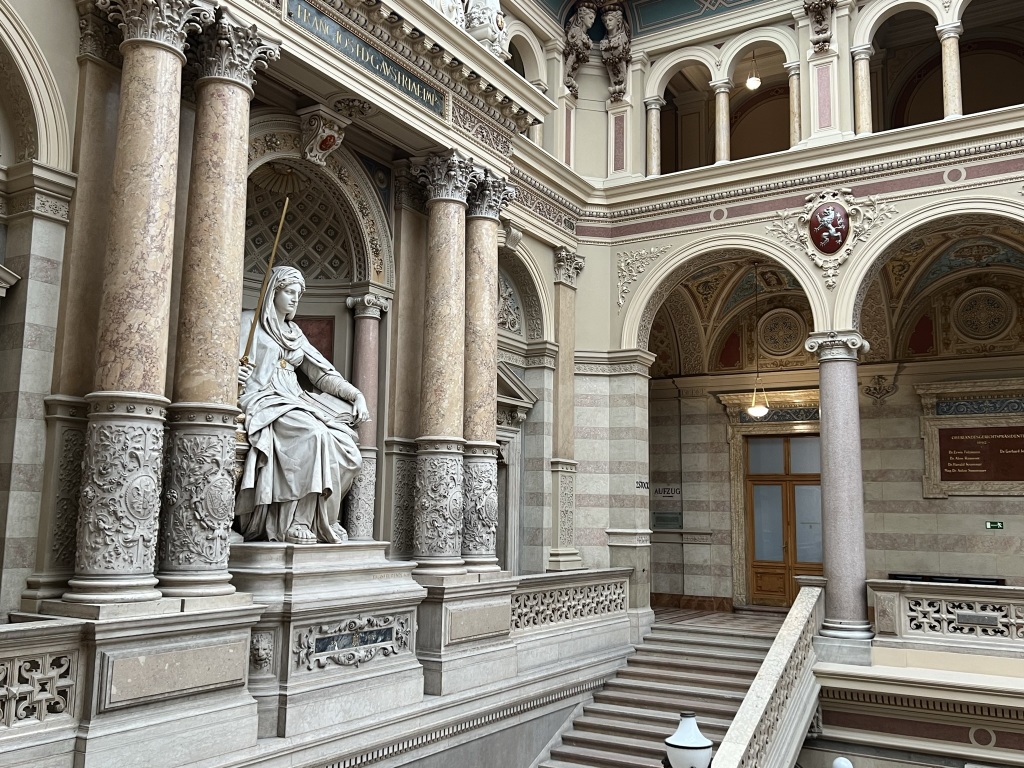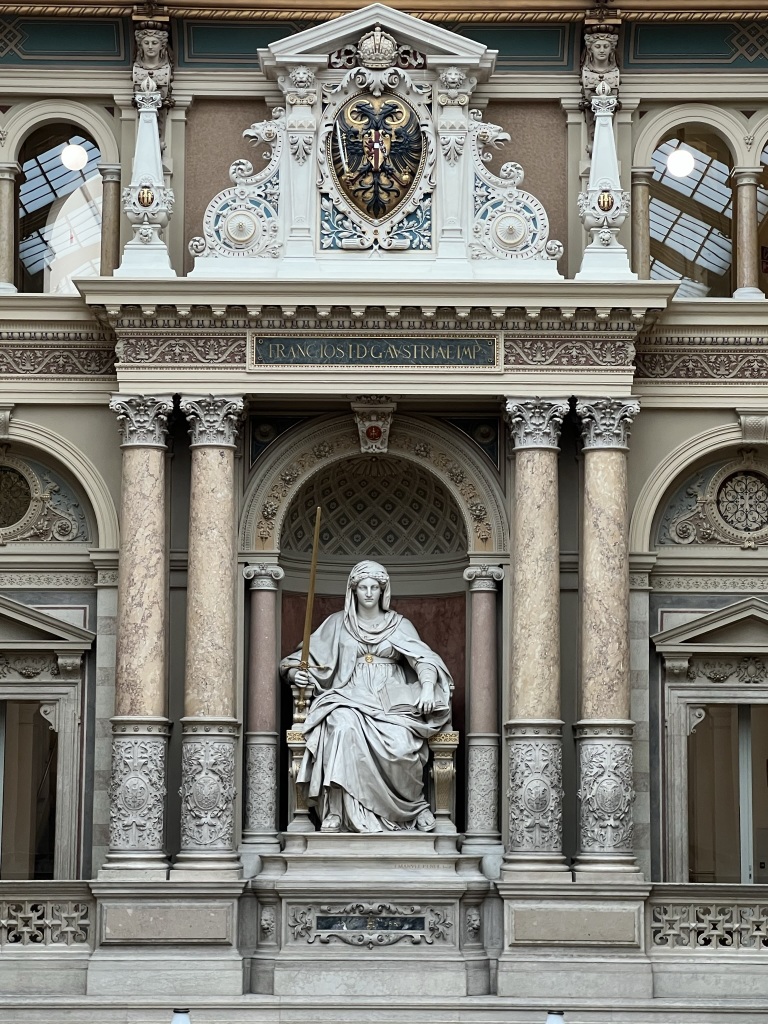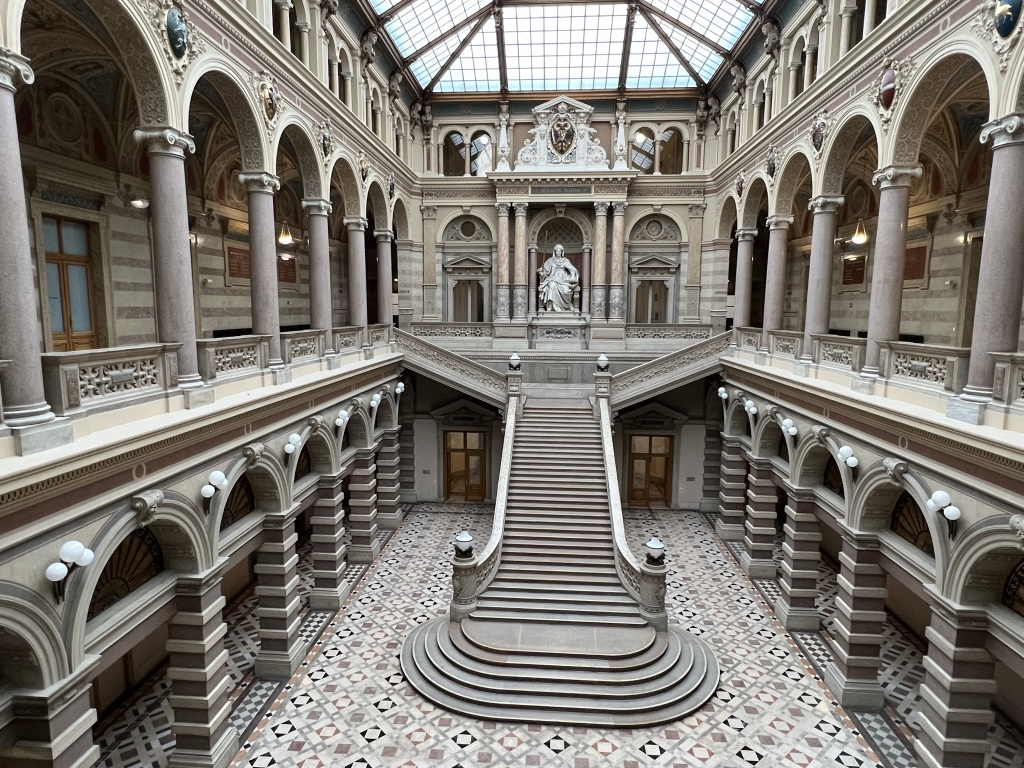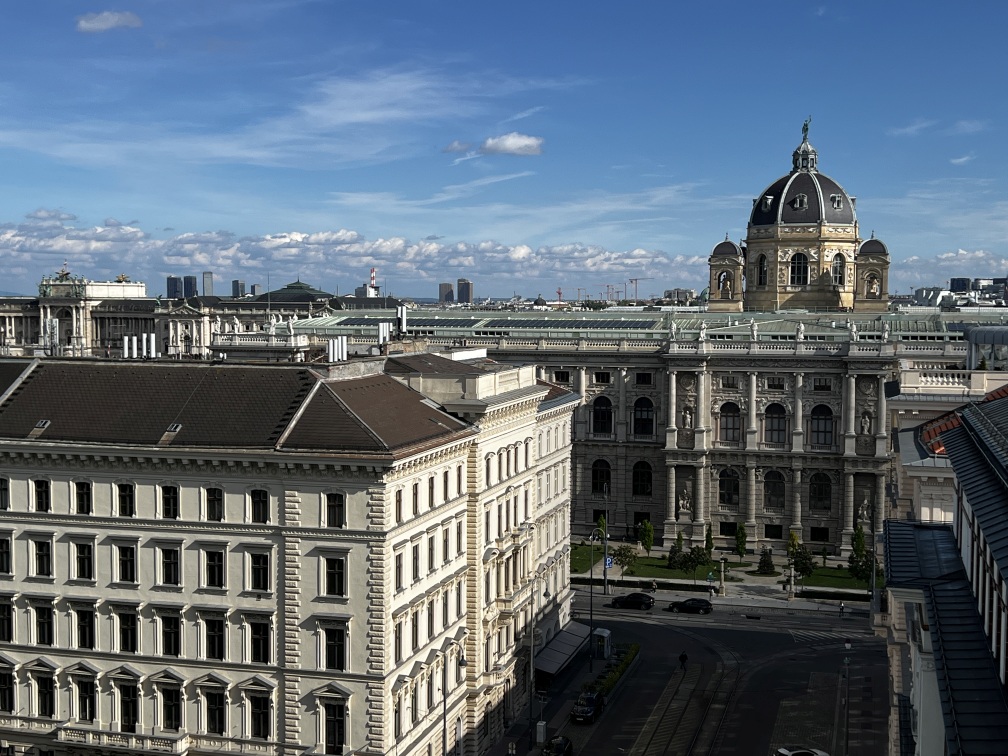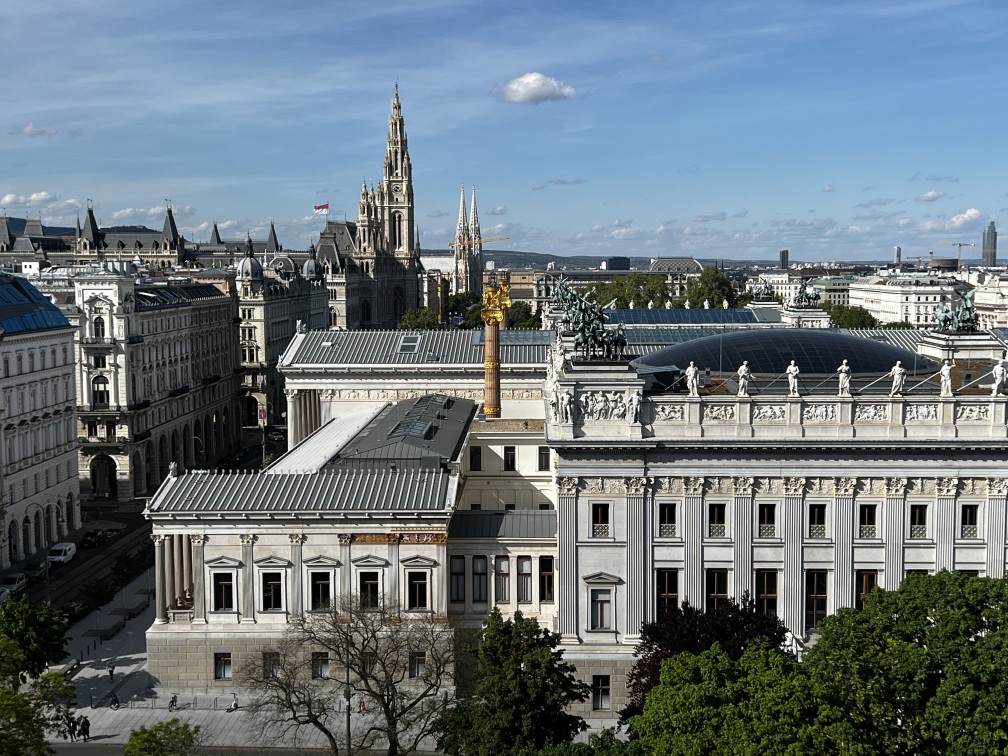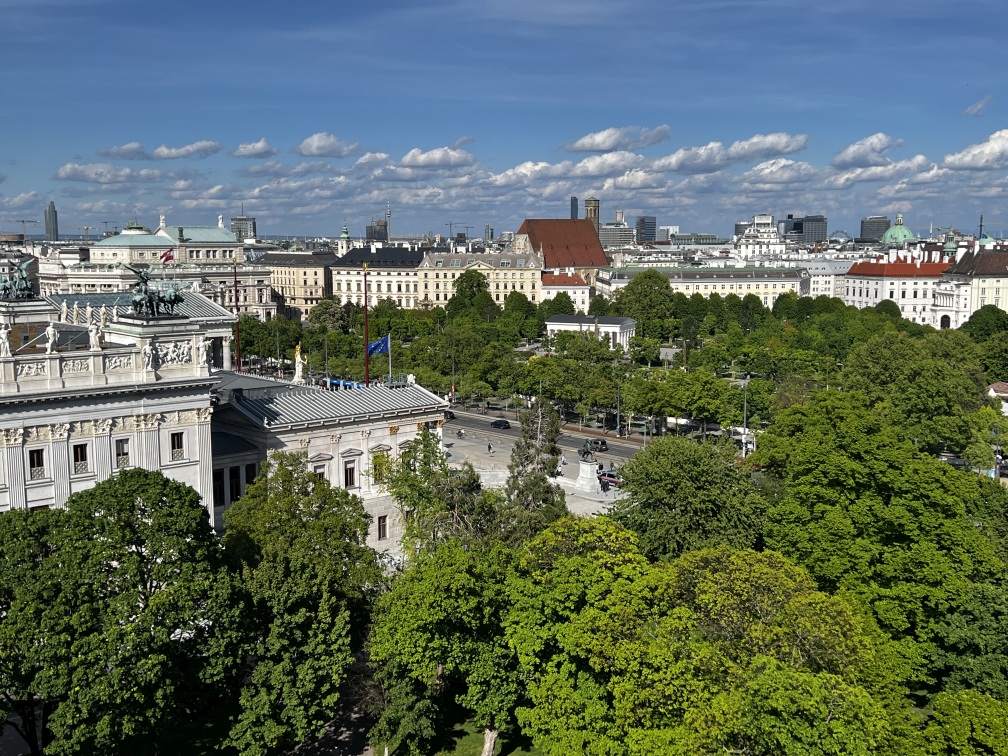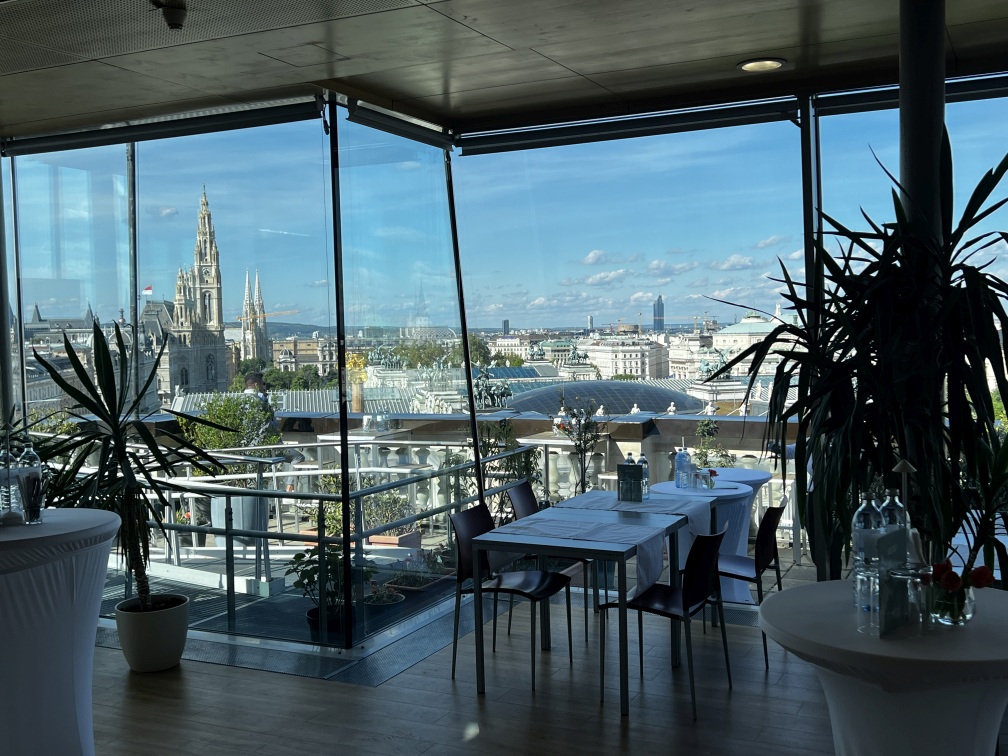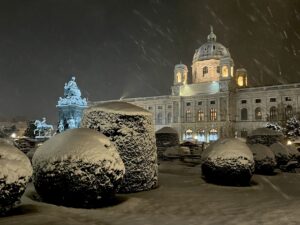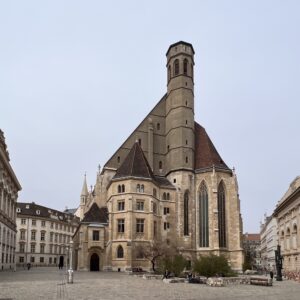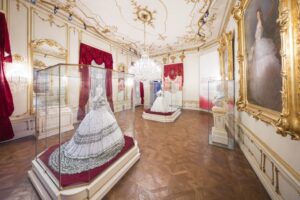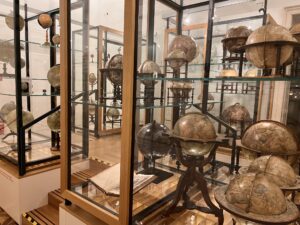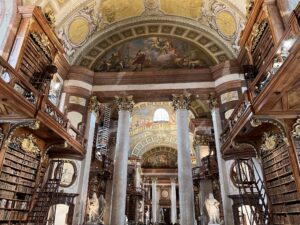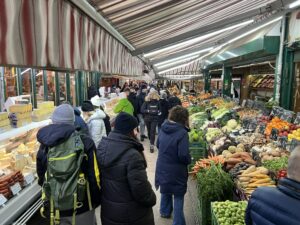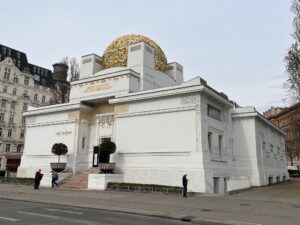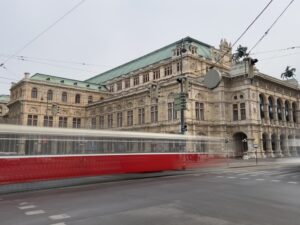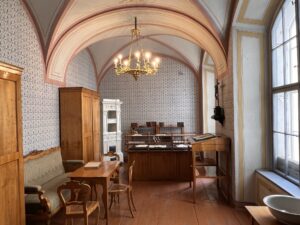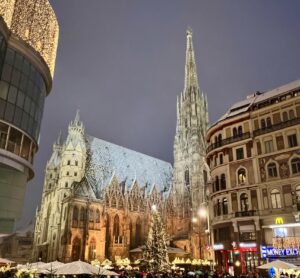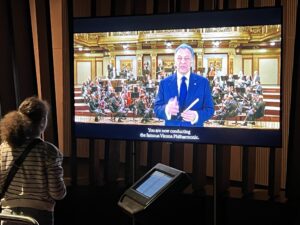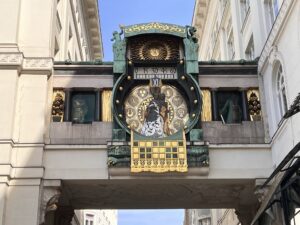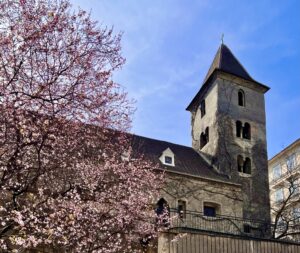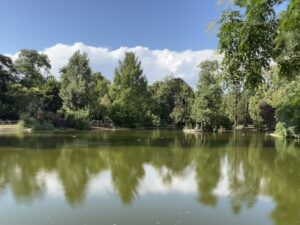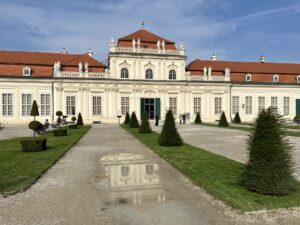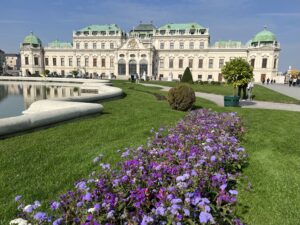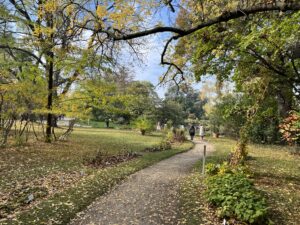The imposing Palace of Justice in Vienna: An architectural masterpiece of the Neo-Renaissance
The Palace of Justice in Vienna, built between 1875 and 1881, is an imposing building in the neo-Renaissance style, located in the city center of Vienna. It houses the Vienna Higher Regional Court, the Supreme Court and the Vienna Higher Regional Court and impresses with its magnificent architecture and the magnificent arcade inside. Particularly worth seeing is the monumental staircase with its artistic design and the façade with richly decorated sculptures and ornaments.
Brief information:
- What is the Palace of Justice and what is its function? The Palace of Justice is a historic building that serves as the seat of the Vienna Higher Regional Court and the Vienna Criminal Regional Court.
- What is worth seeing? The reception hall and the café
- Where is it located? Schmerlingplatz 10-11, 1010 Vienna
- When is it open and how much does admission cost? It is free, but only the auditorium and the café can be visited.
- How much time should I plan for a visit? 1 H.
The story
The Palace of Justice in Vienna was ordered by Emperor Franz Josef I in 1874 to house the local courts. The Viennese architect Alexander Wielemans, Edler von Monteforte, won the competition for the design and began construction in 1875. The building was completed in 1881 and Emperor Franz Josef I personally laid the keystone.
Until the end of the First World War, it was the largest court building in the world. In 1927, a spectacular trial against members of the Austrian Communist Party took place in the Palace of Justice, which ended in an arson attack on the building and the murder of more than 80 people.
During the Second World War, the restored building was heavily damaged several times by bombs, which particularly badly affected the roof and glass dome of the auditorium.
The Palace of Justice today
After a comprehensive renovation that lasted around 15 years, the Palace of Justice was reopened on July 13, 2007 as part of a ceremony. During the renovation, all floors, staircases and even the central library were renovated. The library received a new, glass reading room, which is accessible via a bridge in one of the two inner courtyards. In addition, the historic courtrooms were completely renovated and a new large ballroom was created, which today serves as a representative room for ceremonial occasions and meetings. Today, the Palace of Justice houses the Supreme Court, the General Prosecutor's Office, the Higher Regional Court of Vienna, the Vienna Public Prosecutor's Office and the Vienna Regional Court for Civil Matters.
What can you see in the Palace of Justice?
The Palace of Justice cannot be visited as it is an active courthouse and is only open for court proceedings. However, after a personal check, you can enter the reception hall and the Justice Café
Reception hall (auditorium)
Particularly impressive in the Palace of Justice in Vienna is the reception hall or auditorium. This consists of a three-storey, glass-covered arcade courtyard measuring 31 x 15 x 23 metres. The centre of the hall is impressively set off by a pompous open staircase that leads to the second floor. There, in a niche, Emanuel Pendl's monumental Marble statue of Justitia, who is depicted sitting with a gilded sword and a law book. Above the niche is the Imperial Austrian coat of arms with the symbols of the Houses of Habsburg, Lorraine and Austria. A large clock with a chronoscope and a siren on each side are on the opposite side. On the upper floor, above the columns in the arches, are the coats of arms of the kingdoms and countries represented in the Imperial Council, for which the Supreme Court formed the joint highest judicial authority.
In the auditorium of the Palace of Justice there is a memorial plaque commemorating the fire at the Vienna Palace of Justice on July 15, 1927.
Justice Café
During the extensive renovation of the Palace of Justice, another facility was added – the Justice Café, which is located on the roof of the building and offers a breathtaking panoramic view of Vienna. You can see the town hall, the art and Natural History MuseumAlthough it primarily serves as a canteen area for the justice department's employees, the Justice Café is also open to visitors.

